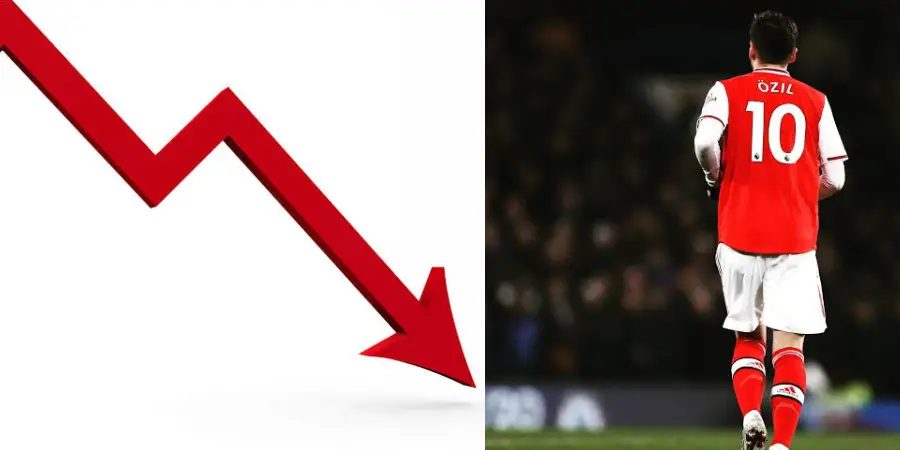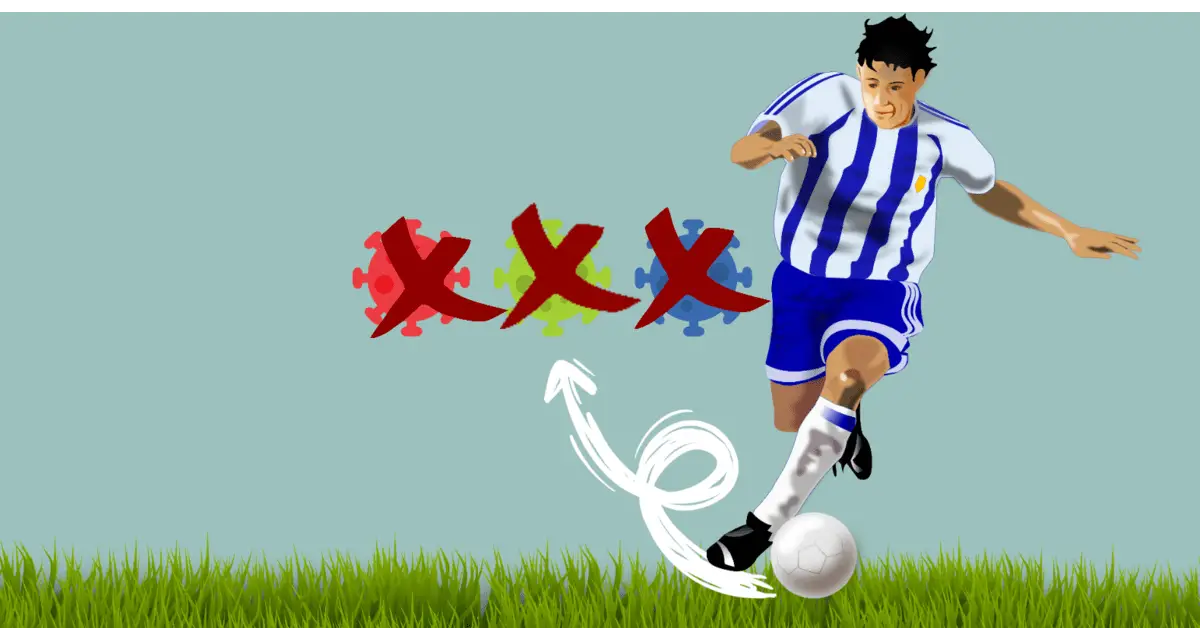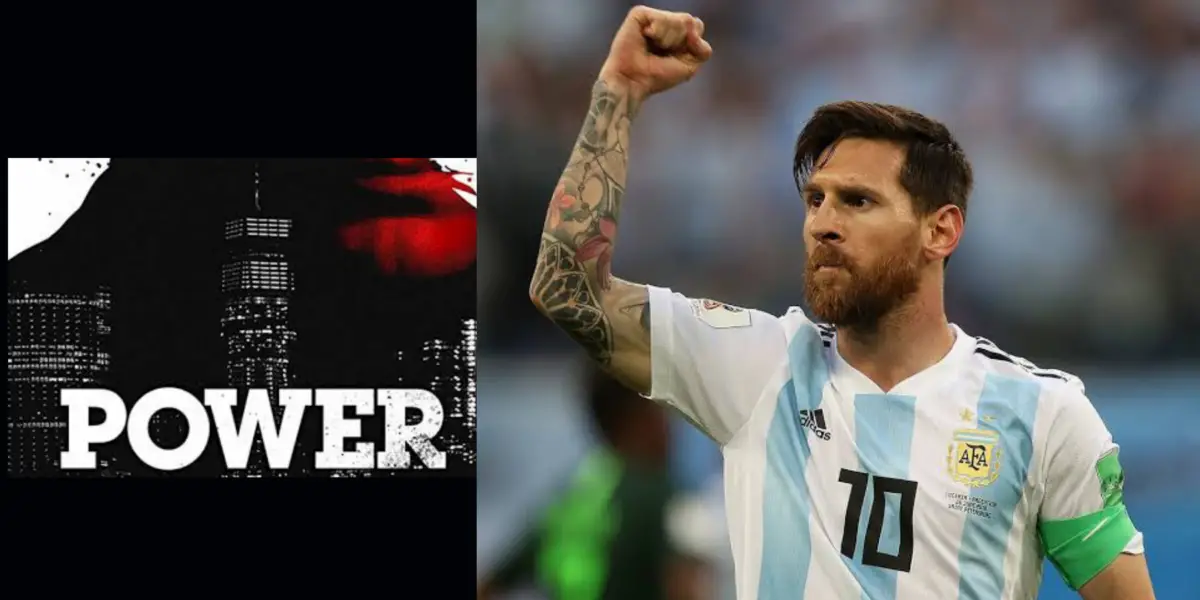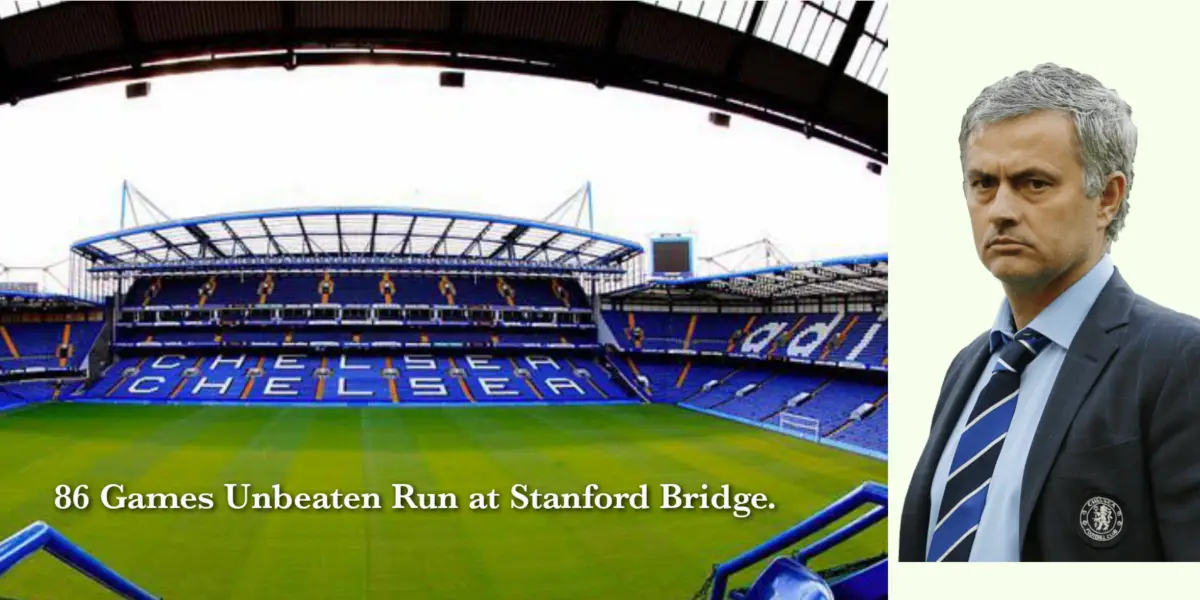This article explains in detail the Emergence and decline of the number 10 role in football.
In football, nothing surpasses the prestige of the number 10.
This fact can be seen when we look at the world’s most celebrated players like Pelé, Diego Maradona, Zinedine Zidane, and Lionel Messi, who all have worn the number 10 shirt.
However, in modern football, there is a major decline in the number 10 role.
The Role Of Number 10 In Football
The number 10 in football holds a special and iconic role, often referred to as the “playmaker” or “attacking midfielder.” This number is traditionally associated with creative and influential players who play a pivotal role in their team’s offensive strategy. Here’s a closer look at the significance of the number 10 in football.
Firstly, the number 10 player is typically positioned in the centre of the midfield or just behind the forward line. This central role allows them to have a panoramic view of the entire field and be involved in both the attacking and defensive phases of the game. They act as a bridge between the defensive and offensive lines, linking the two seamlessly.
One of the primary responsibilities of a number 10 is to create goal-scoring opportunities for their team. They possess exceptional vision and passing ability, often using precise through balls, chips, or long-range passes to unlock the opponent’s defence. Their creativity and ability to read the game allow them to provide assists, setting up their teammates for scoring chances.
Moreover, number 10 players are known for their dribbling skills, close ball control, and flair. They can take on defenders one-on-one, break through defensive lines, and change the course of a match with their individual brilliance. This combination of technical skills and vision makes them a constant threat to the opposition.
Additionally, the number 10 often takes on the role of the team’s primary free-kick and corner-kick taker. Their accuracy and ability to bend the ball make them well-suited for these set-piece situations, where they can create goal-scoring opportunities directly from dead-ball situations.
Furthermore, the number 10 is expected to have a high football IQ, which means they understand the tactical nuances of the game. They can adapt to different game situations, whether it’s maintaining possession, launching quick counter-attacks, or orchestrating a patient build-up play, depending on their team’s needs.
Prominent Number 10 in Football
Players like Mesut Ozil, David Silva, Juan Mata, Frank Lampard, Kevin De Bruyne, and most notably, Kaka, have performed excellently in this role.
Statistics alone back up their stamp in world football.
In the premier league, Juan Mata was one of the best in the position. He won back-to-back Player of the Year for Chelsea as his vision and passing were top-notch.
Read: Top Players who Never Won The Champions League
Mesut Ozil at Madrid remains one of the best in this position.
He provided players like Benzema, Ronaldo, and Higuain about 47 assists in the league in his first (3) seasons at the club. Ozil was Germany’s golden boy and soon gained praise around the world.
Despite the success of the many No. 10’s like Ozil, Mata, Kaka, and the rest, why is the number 10 role now on the decline in modern football?
Consider Reading: The Most Successful American Soccer Players.
Why The Number 10 Role No Longer Holds so Much Value In Football
For so many reasons, as we will discuss in this section, the No. 10 position is getting less influential than at any other time.
Due to the physical demands of modern football, coaches viewed this position as a liability. Most players in this position offer very little defensively. When they meet physically tough opponents, they usually disappear.
Furthermore, Evolution in football is bound to happen. Top teams in Europe are no longer adopting the 4-2-3-1 formation. Classic Center Attacking Midfielders, who occupied these roles became inverted wingers or Central Midfielders (CM).
Read: Best International Footballers of all Time
The Begining of The End of the No. 10 Role
Over the years, football fans have debated why players who occupied the ten roles have fallen off the list to start modern football games. Laziness is the most highlighted reason for the decline of the number ten role.
Generally, they are delicate players who don’t give the work rate in the pitch’s defensive end, particularly when involved out wide.
They found themselves in difficult situations as they were man-marked out of games by one of the holding midfielders.
This, in turn, led to a reduction in chances created in games. Consequently, No. 10’s are substituted first in most cases.
Read: Best Football App
Lack of movement from classic number 10s has seen coaches look away when going for players in the transfer market.
Some coaches even consider them to be the laziest players on the pitch. This contributes to the decline of the number 10 Role in Football
The emergence of the 4-3-3 was a significant blow on the number 10 position and teams like Barcelona were the masters of the 4-3-3.
Read: Best African Wingers
The Evolution of Morden Day No. 10’s
The success of the 4-3-3 formation saw the gradual Decline of the number 10 Role in Football.
Players who had previously played behind the center-forward had to either drop more into the midfield 3, move out wide to become part of the front (3), or watch as the game evolved in front of their eyes and see themselves left behind.
David Silva and Kevin De Bruyne are examples of players who quickly adapted. Both players had to play deeper – requiring them to become more defensively solid and up their work rate in games.
Players like Ozil and Mata are noticeable players who have struggled to adapt due to low physical presence to operate on both ends of the pitch.
Consider Reading: Is Pogba World Class or Just a Flop?
Conclusion
Due to the gradual Decline of the number 10 role in Football, concerned players have either moved to false nine roles or inverted wingers in recent times.
The talented number 10 who can adapt their games are generally the players who can handle these physical demands.
Those who stayed static struggled to get game time, good form or played out of position.
Which Center Attacking midfielder has adapted most to the evolution of the No. 10 role?
Further Reading:





